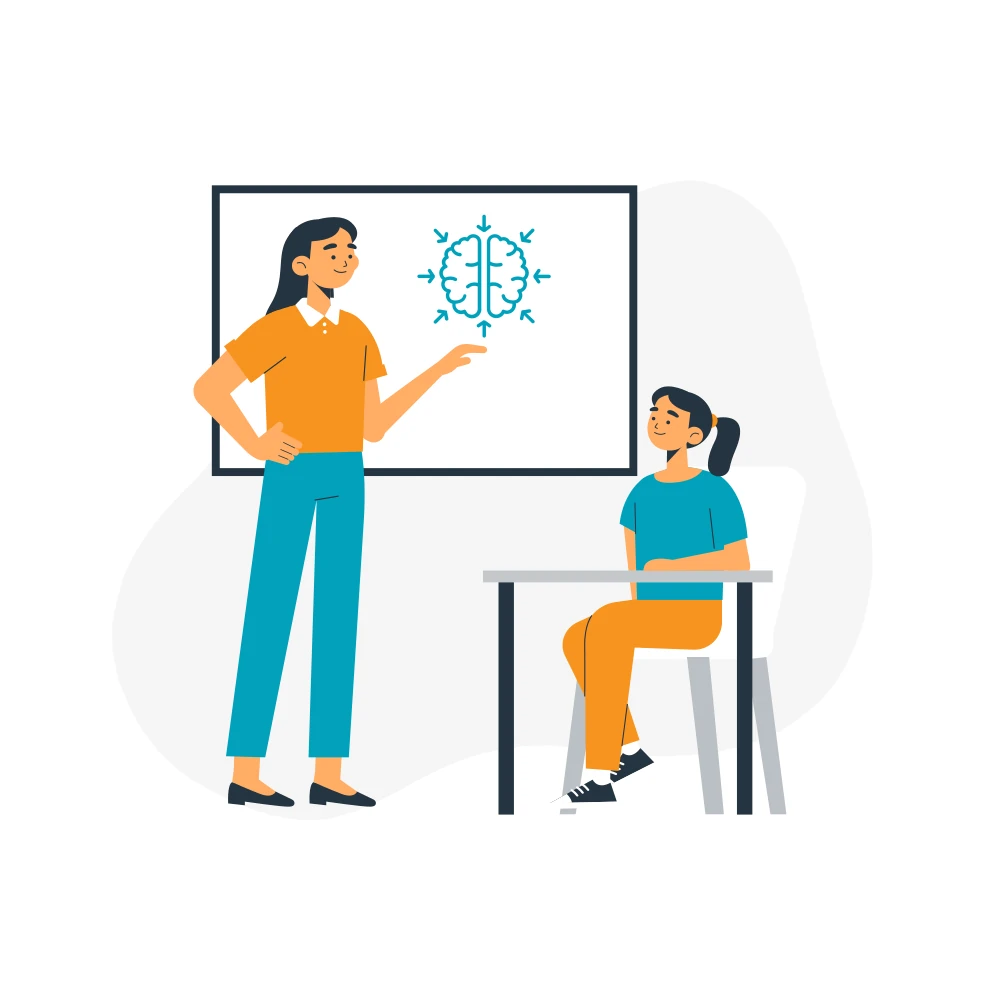
In a cofounder partnership, the collaboration between individuals can greatly influence the success of a business venture. While shared goals and complementary skills are often the foundation of such partnerships, it’s important to recognize and accommodate different learning styles among cofounders. Understanding how each cofounder processes information, acquires knowledge, and approaches problem-solving can enhance communication, foster effective decision-making, and ultimately lead to a more successful partnership. In this article, we will explore various learning styles, discuss the correct ways to engage with each style, what to avoid, and how to improve communication between cofounders with diverse learning preferences.
People learn and process information in various ways, and these learning styles can be broadly categorized into several main types:
Visual Learners: These individuals prefer to see information in the form of images, charts, graphs, and diagrams. They rely on visual aids to understand concepts better.
Auditory Learners: Auditory learners grasp information through listening. They prefer spoken explanations, discussions, and lectures to learn effectively.
Kinesthetic/Tactile Learners: Kinesthetic learners learn by doing. They require hands-on experiences, physical interactions, and practical applications to understand and remember information.
Reading/Writing Learners: This group learns best through reading and writing. They prefer written explanations, manuals, and text-based resources.
Logical/Mathematical Learners: Logical learners excel at reasoning, problem-solving, and critical thinking. They prefer structured and organized approaches to learning.
Social Learners: Social learners thrive in group settings. They enjoy collaborative discussions, brainstorming sessions, and peer interactions.
Solitary Learners: Solitary learners prefer independent study and self-directed learning. They value personal space and autonomy in acquiring knowledge.
To accommodate diverse learning styles in a cofounder partnership, consider the following approaches:
Engage with Visual Aids: Use diagrams, charts, and infographics to convey complex information.
Create Visual Agendas: Utilize visual schedules or plans to outline objectives and timelines.
Avoid Heavy Text: Minimize lengthy written reports or documents without accompanying visuals.
Hold Discussions: Foster open dialogues and brainstorming sessions where auditory learners can express their ideas.
Use Exploratory Verbal Techniques: Encourage them to voice their thought processes and ideas.
Provide Clear Verbal Explanations: When conveying critical information, present it orally first.
Promote Hands-On Activities: Encourage experimentation, prototyping, and practical application.
Use Demonstrations: Provide live demonstrations or hands-on experiences to illustrate concepts.
Avoid Excessive Theory: Limit theory-heavy discussions without practical application.
Provide Written Materials: Share reports, written instructions, and relevant articles.
Encourage Note-Taking: Suggest jotting down key points during discussions.
Use Documentation: Document important decisions and processes in writing.
Present Logical Frameworks: Outline information using structured, logical frameworks.
Focus on Data: Emphasize data-driven decision-making and analysis.
Avoid Ambiguity: Strive for clarity in communication, using facts and evidence.
Encourage Group Discussions: Foster a collaborative environment with group discussions and brainstorming sessions.
Build a Supportive Network: Help them connect with relevant networks and industry groups.
Avoid Isolation: Avoid isolating social learners; include them in decision-making.
Effective communication is the cornerstone of any successful cofounder partnership, especially when accommodating different learning styles. Here are some strategies to improve communication:
Open and Regular Dialogue: Establish a culture of open and regular communication where all cofounders can express their ideas, concerns, and preferences.
Active Listening: Actively listen to each other’s perspectives, even if they are presented in different styles. Ensure that everyone feels heard and valued.
Adaptability: Be flexible and willing to adapt your communication style to accommodate your cofounders’ preferences.
Feedback Loop: Create a feedback loop where cofounders can share their thoughts on the effectiveness of communication methods.
Transparency: Be transparent about your intentions, decisions, and objectives to maintain trust and clarity.
Collaborative Decision-Making: Encourage collaboration in decision-making processes. Consider various viewpoints and learning styles when making important choices.
Educate About Learning Styles: Educate each other about your individual learning styles to foster understanding and empathy within the partnership.
In a cofounder partnership, acknowledging and accommodating different learning styles can lead to more effective communication, better decision-making, and a stronger overall collaboration. By recognizing each cofounder’s unique preferences and adapting your communication methods accordingly, you can create a harmonious and productive partnership that thrives on diversity and mutual respect. Remember, effective communication is not just about talking but also about listening and understanding one another’s perspectives and needs.
The Cofounder’s Hub is located in beautiful British Columbia. Our team, comprised of experts in the entrepreneurial, business and psychological fields, is working to create a space where you can come for all of your cofoundership needs.
Our goal is to help you build a successful business from start to finish. Using curated tools and resources that focus on the interpersonal relationship between cofounders and their company, we aim to teach, guide and advise you through your journey, equipping you to create the business and partnership you desire.
Get the most relevant resources, announcements, articles, and challenges directly in your inbox in one weekly email.
Read by current cofounders, future cofounders, and those who don’t yet know if they need a cofounder. Inside your inbox, our weekly Digest will arrive packed with valuable content to enhance your cofounder experience including Articles, News, Event Notifications, Podcasts and more!